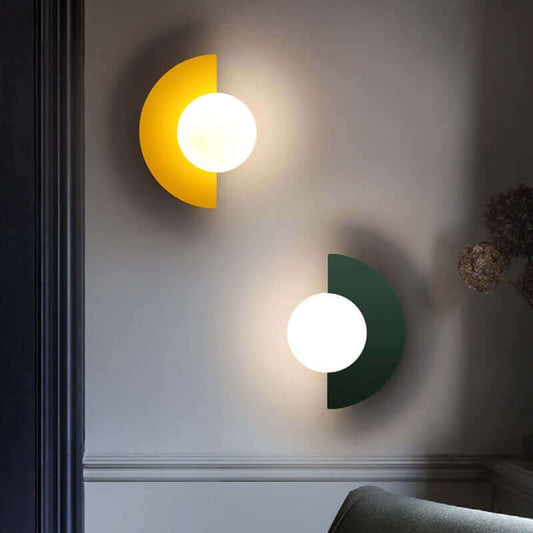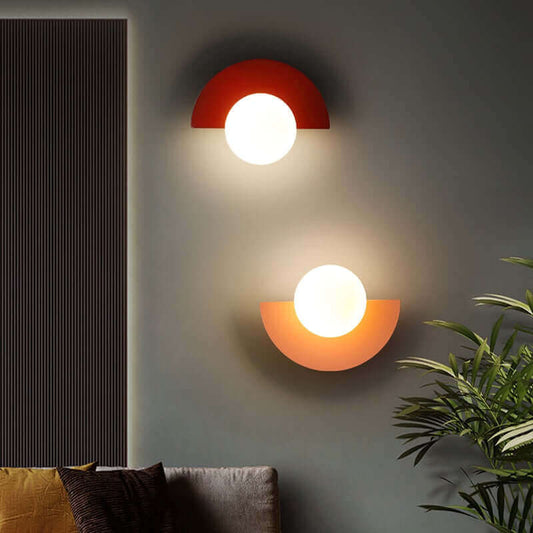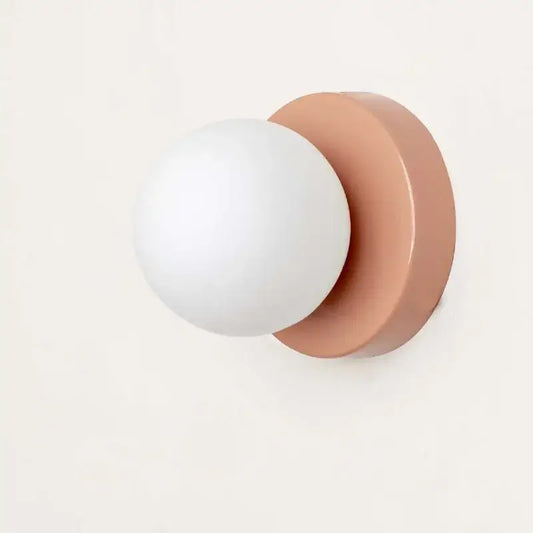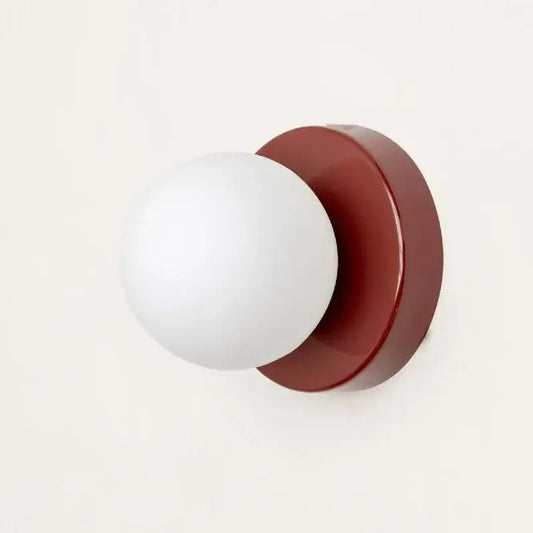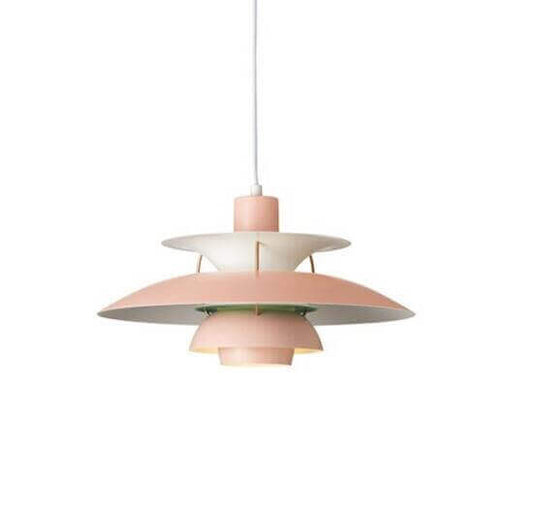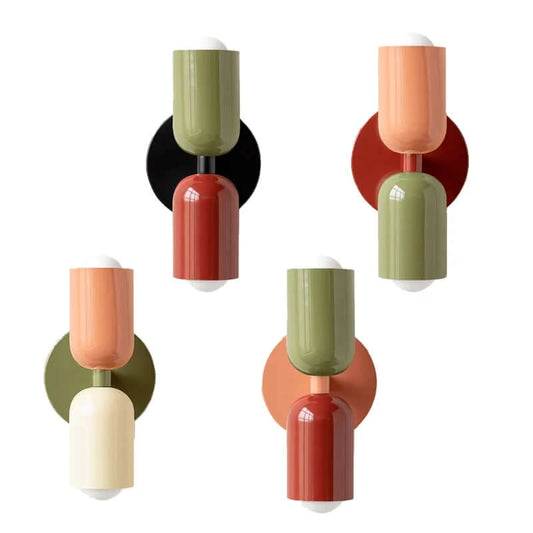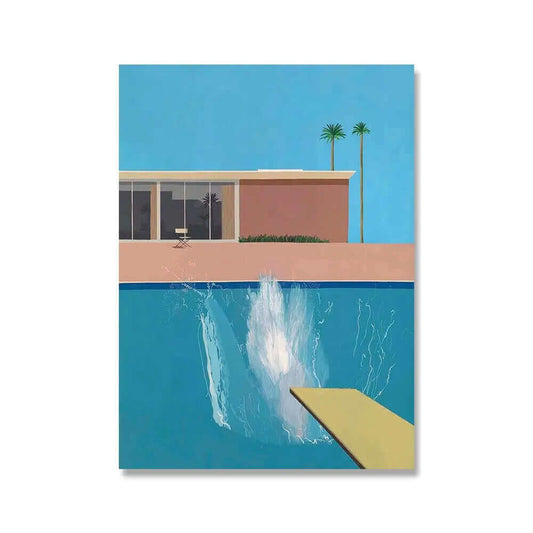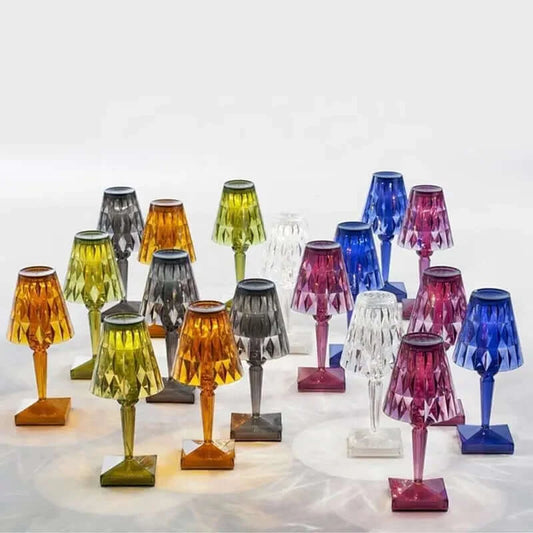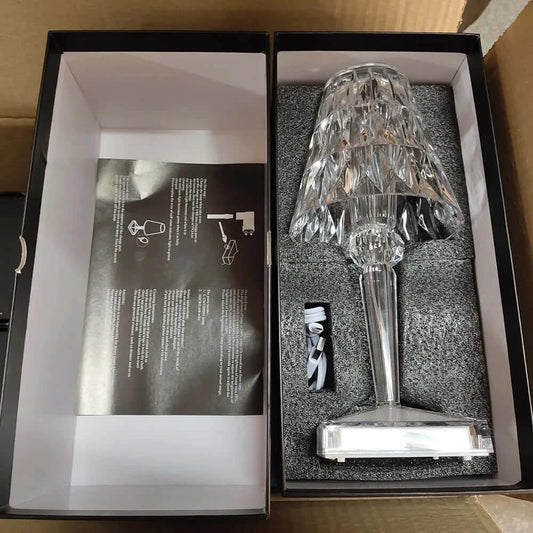The choice of materials in creating ancient vases played a crucial role in their durability, functionality, and artistic expression. Comparing the use of clay and metal in vase production reveals the distinct characteristics and advantages of each. Clay vases allowed for intricate sculpting and painting, while metal vases offered durability and a wider range of decorative possibilities. Understanding the merits of these materials provides valuable insights into the craftsmanship and artistic choices made by ancient civilizations.
Exploring the Use of Clay and Metal in Ancient Vase Production
Ancient civilizations relied on various materials to create their exquisite vases, with clay and metal being two prominent choices. Each material had its unique characteristics, influencing the durability, functionality, and artistic expression of the vases produced.
Clay Vases: Sculpting and Painting Masterpieces
Clay vases held a special place in the artistic repertoire of ancient civilizations. The malleability of clay allowed skilled craftsmen to sculpt intricate shapes and create detailed designs. These vases served as canvases for elaborate paintings, showcasing the artistic abilities of the ancient craftsmen.
Clay vases offered a wide range of possibilities for decorative techniques. From hand-painted designs to relief decorations, ancient artists could bring their visions to life on the surface of the vases. The earthy tones and natural texture of clay added a sense of warmth and authenticity to these vessels.
Moreover, the porous nature of clay made it suitable for storing liquids, such as water, wine, and oils. The material absorbed excess moisture and maintained a consistent temperature, preserving the contents within the vase.
Metal Vases: Durability and Decorative Versatility
Metal vases provided a different set of advantages in ancient vase production. Metals such as bronze, silver, and gold were valued for their durability and resistance to damage. Metal vases were less prone to breakage and offered long-lasting preservation of precious liquids and substances.
The use of metal allowed for the creation of larger and more complex vase designs. The malleability of metal enabled craftsmen to shape intricate forms and incorporate ornate details. Metal vases often featured embossed patterns, engravings, and inlaid precious stones, enhancing their visual appeal and luxurious status.
Additionally, the reflective properties of metals added a captivating element to these vases. Light would dance off the surface, creating a sense of elegance and enchantment. Metal vases were not only functional containers but also cherished decorative pieces that adorned palaces, temples, and elite households.
The Craftsmanship and Artistic Choices
The selection of clay or metal for vase production was influenced by various factors, including the availability of resources, technological advancements, and cultural preferences. The choice of material often reflected the artistic vision and cultural significance associated with the vases.
Ancient craftsmen showcased their skill and creativity in transforming raw materials into stunning works of art. The choice of clay or metal required expertise in working with the specific material, as well as an understanding of its properties and limitations.
Furthermore, the artistic choices made by ancient civilizations in their vase production were influenced by the cultural, religious, and societal contexts of the time. These vases served as vessels for storytelling, religious rituals, and cultural expressions. The selection of clay or metal as the primary material for vases had a significant impact on the messages and symbolism conveyed through the artwork. In conclusion, the comparison of clay and metal as materials used in ancient civilization's vases reveals their distinct characteristics and advantages. Clay vases allowed for intricate sculpting and painting, showcasing the artistic abilities of ancient craftsmen. On the other hand, metal vases offered durability and a wider range of decorative possibilities, reflecting luxury and opulence. Understanding the merits of these materials provides valuable insights into the craftsmanship and artistic choices made by ancient civilizations, as well as the cultural and historical contexts in which these vases were created. Remember to explore our previously published article, "A Brief History of Vases," for a broader understanding of the historical significance and evolution of vases across different ancient civilizations.
Clay vs. Metal: A Comparison of Materials Used in Ancient Civilization's Vases
The choice of materials in creating ancient vases played a crucial role in their durability, functionality, and artistic expression. Comparing the use of clay and metal in vase production reveals the distinct characteristics and advantages of each. Clay vases allowed for intricate sculpting and painting, while metal vases offered durability and a wider range of decorative possibilities. Understanding the merits of these materials provides valuable insights into the craftsmanship and artistic choices made by ancient civilizations.





